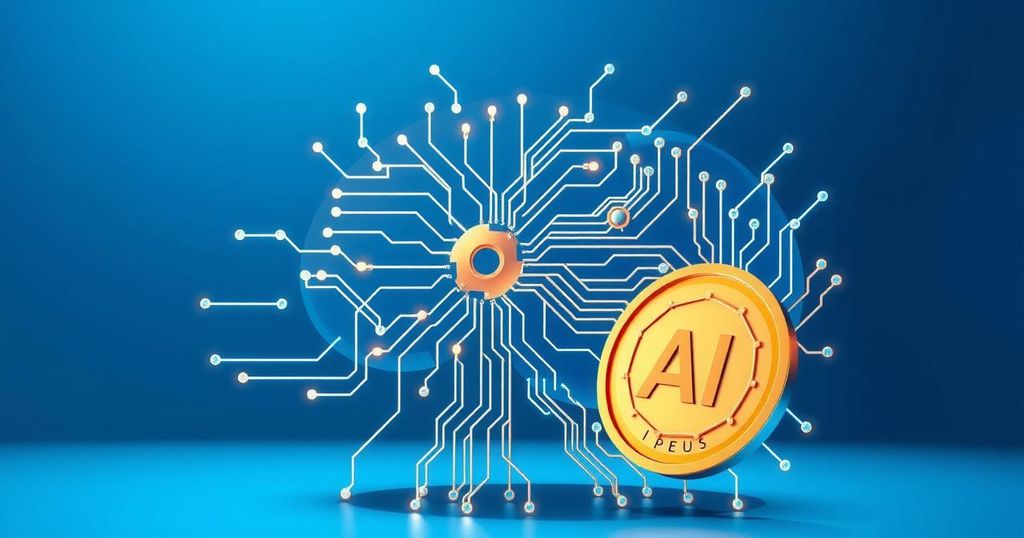Artificial Intelligence Enters the Battlefield as Physical AI Expands Combat Capability
- Artificial intelligence is evolving from virtual to physical entities.
- Israel’s technological edge includes advanced Physical AI systems.
- Military advancements are influencing civilian technology innovations.
- The Physical AI market is projected to reach $210 billion by 2034.
- The convergence of AI breakthroughs and hardware advancements is critical.
The Rise of Physical AI on the Global Stage
Artificial intelligence is no longer just an abstract concept lurking behind screens; it’s diving headfirst into the physical world. Physical AI systems, think of them as the brains behind various tangible entities like drones and robots, leverage sensors—cameras, microphones, even radars—to gather data from their surroundings. The ability to process this information in real time and act accordingly is a game changer, especially as the global landscape evolves to face increasing geopolitical tensions, particularly with Iran and across the Middle East.
Transforming the Battlefield with AI-Powered Systems
Israel’s battle for technological supremacy isn’t limited to cyber warfare; it’s expanding into on-the-ground operations where physical AI can make a noticeable difference. The technological arms race involves advanced systems that can identify targets, control drones, and even execute mission-critical tasks under extreme conditions. This isn’t science fiction—these AI-enhanced tools are either operational right now or in rapid development, reshaping combat strategies in real time.
A Blurred Line Between Civilian and Military Applications
But here’s where it gets interesting: the technologies developed for military use are starting to bleed into civilian applications. This isn’t the first time it’s happened—think of GPS and other tech first spawned by defense needs. Experts predict that the Physical AI market might soar from $34 billion this year to an astounding $210 billion by 2034. Many industries like manufacturing and logistics are standing on the brink of a revolution driven by these innovations, and the potential impact on the economy is staggering.
As Israel continues to establish itself as a leader in Physical AI, the pivotal role this technology plays in both military and civilian sectors comes into sharper focus. With the right investments and commitment to innovation, the country could see increased growth in various domains as technologies designed for the battlefield spill into everyday life. It’s an exciting time for AI, and while challenges remain, the most significant leap forward may well be just around the corner.




Post Comment